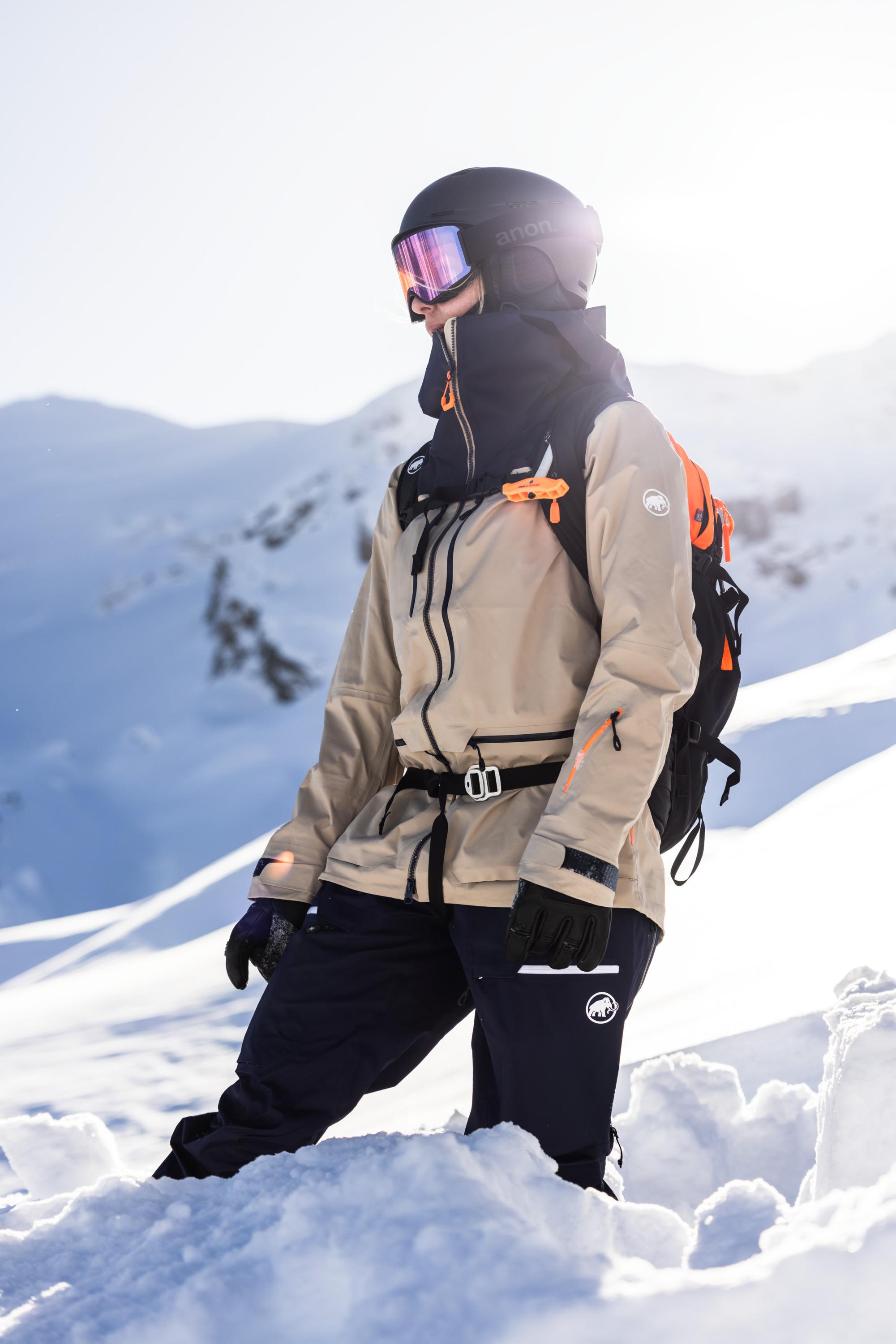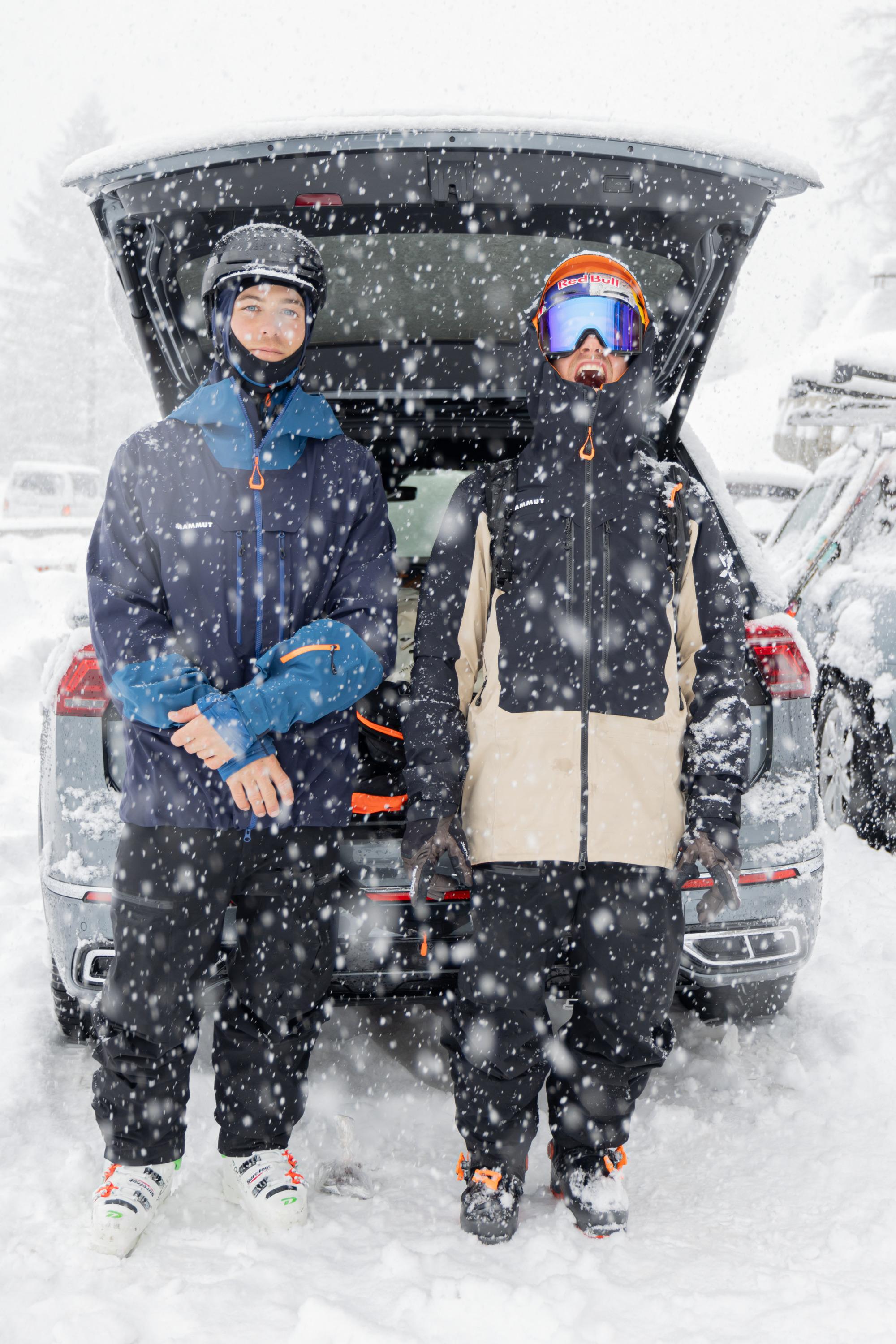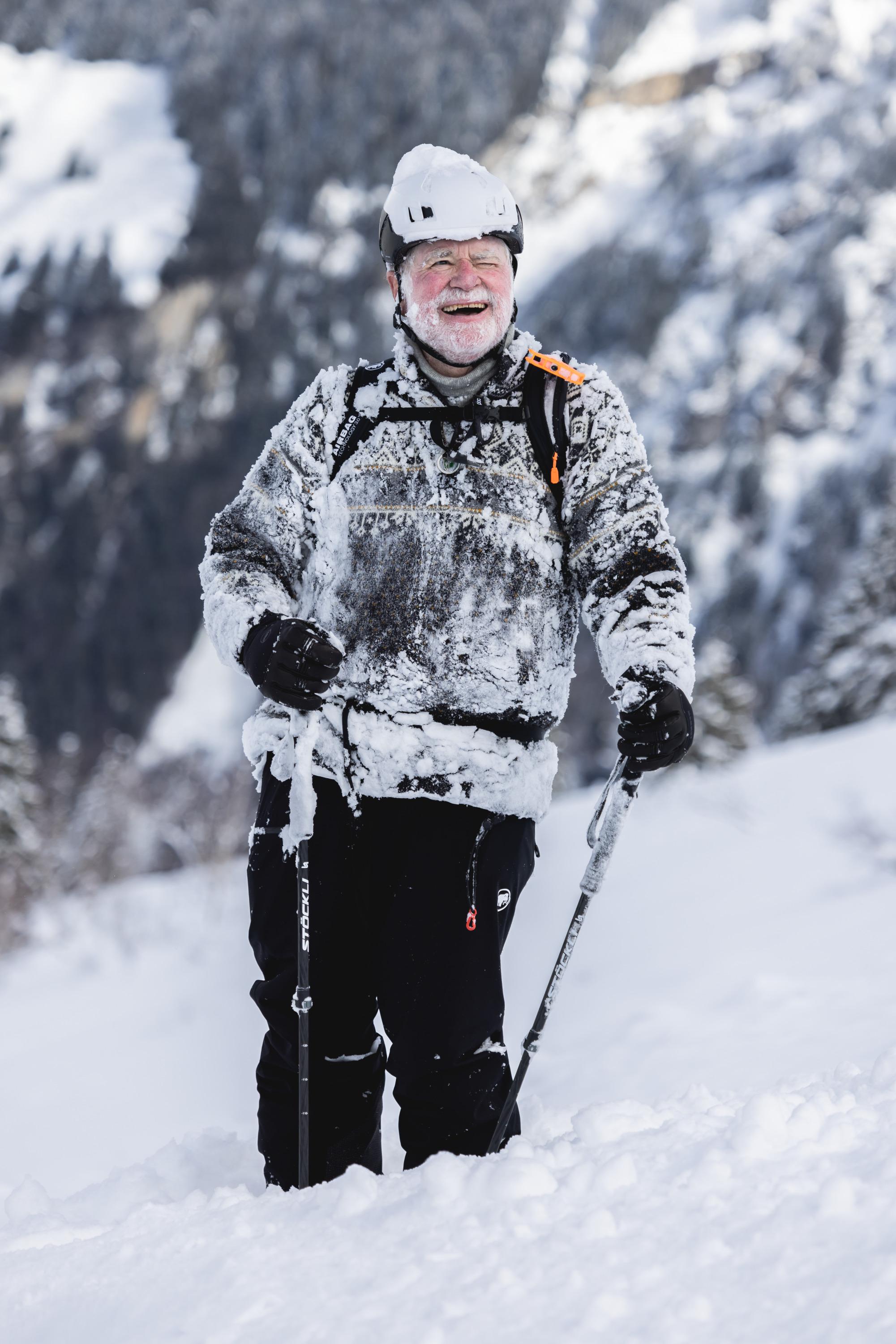Sanne. The Survivor. Mountain of Angels 1/5
10/2024

Once a rising star in the world of skiing, Sanne was known for her grace and skills on the slopes. But one day, everything changed. Cascading snow. Terrifying silence. Footsteps above her. Although Sanne was quickly saved, the avalanche caused post-traumatic stress disorder, taking away all of the joy she once found in skiing. In the first episode of “Mountain of Angels”, watch how Sanne fought her way back to experiencing the mountains as safely as she could.
Mountain of Angels: a local freeride series
The fact that Engelberg means 'Mountain of Angels' can’t be a coincidence. The Swiss freeride mecca is renowned globally for its big lines, consistent snowfall, and legendary mountain culture. In a series of five local episodes, we’re telling the stories of our angels. Six freeride skiers share their lives with us, each with their own unique connection to the place, their individual experiences, levels of proficiency, and approaches.
About Sanne
When Sanne Mona moved to Engelberg, she didn't even bring skis. In her first skiing career, the Swede from Åre made a name for herself in mogul skiing, but narrowly failed to qualify for the Swedish European team and wanted to give up her professional career out of frustration - until she discovered the great deep snow slopes of Engelberg five years later. Sanne remembers the passion and joy of skiing. And starts her second skiing career: as a freerider. Sanne is currently taking part in the Freeride World Tour Qualifiers and competing against the best in the scene. Then the accident happens: Sanne is caught in an avalanche, is rescued quickly, but suffers from the consequences in the form of post-traumatic stress disorder. In the interview accompanying the film, Sanne gives further insights into how she has come to terms with the trauma.
Sanne's personal journey through avalanche survival and recovery
Explore our Avy Hub
Book your local course, check out online learning resources, and discover everything on avalanche gear.
Shop Sanne's Outfit
Watch another episode
Explore Mammut Technologies
We are inventors, developers and pioneers. We take big, exciting ideas and turn them into reality, pushing quality and performance up to a whole new level. And we’ve been doing it since 1862. Find out more about our latest technologies.






